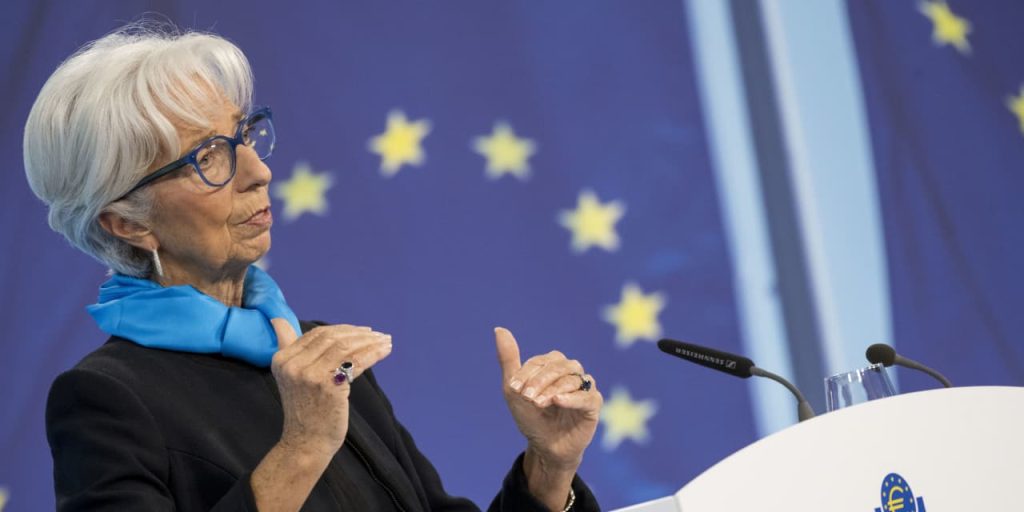The European Central Bank left interest rates unchanged this month. Both the U.S. Federal Reserve and the ECB face the big question of when to start lowering borrowing costs.
For now, cutting rates isn’t urgent in Europe. The 20 nations sharing the euro are enjoying historically low unemployment rates. But the growth outlook is weak, and rapidly slowing inflation will soon put more pressure on the ECB.
“The Governing Council is determined to ensure that inflation returns to its 2% medium-term target in a timely manner,” the ECB said in a statement with the decision. “Future decisions will ensure that its policy rates will be set at sufficiently restrictive levels for as long as necessary.”
In a press conference following the meeting, President Christine Lagarde said the consensus among policymakers was that it’s “premature to discuss rate cuts.”
Lagarde also reiterated the message from the past few months that decisions are data dependent.
Earlier this month Lagarde said that, while the interest rate has probably peaked, the central bank is unlikely to think about cutting rates until the summer. Officials will want to be sure inflation stays lower and that wage increases are contained over the next few months, she said.
The ECB decision comes a week before the Fed’s next rate-setting meeting, at which it’s also expected to keep policy unchanged. Markets have pushed back odds for the first Fed cut from March to May, according to the CME FedWatch tool.
The ECB doesn’t expect inflation to return to its 2% goal until 2025. The rate bounced to 2.9% in December from 2.4% the previous month. Nevertheless, it has come down a lot since peaking above 10% in October 2022.
At the same time, prospects for growth are feeble. The ECB expects 0.8% expansion this year after just 0.6% growth in 2023.
The central bank didn’t update its projections at this meeting.
Write to Brian Swint at [email protected]
Read the full article here















